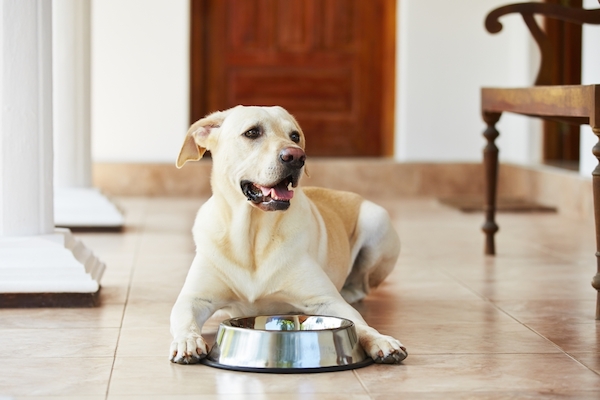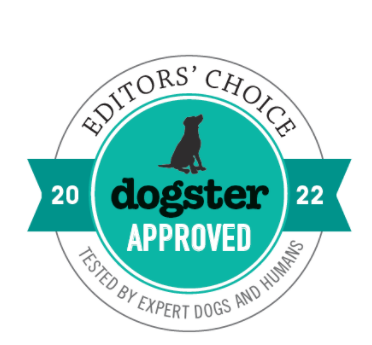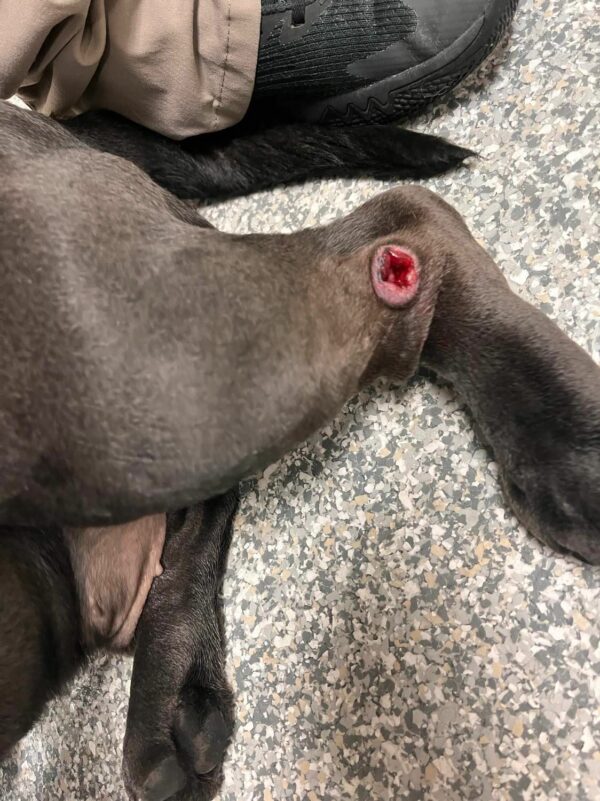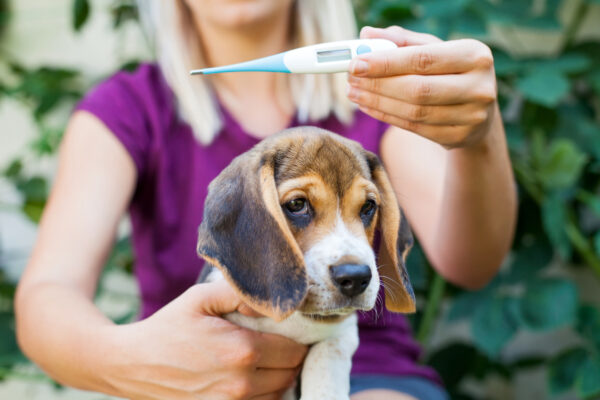If it were up to your dog, he’d be on a steady diet of pizza and cheeseburgers. Since those things aren’t good for dogs, your job as a pet parent is to pick healthy food made especially for canines. Choosing a food brand can be daunting enough with all the different choices out there. And what about type of food? And then there’s canned versus dry — which should you pick? Let’s break things down by the best dog food for all life stages.
The best dog food to feed a puppy
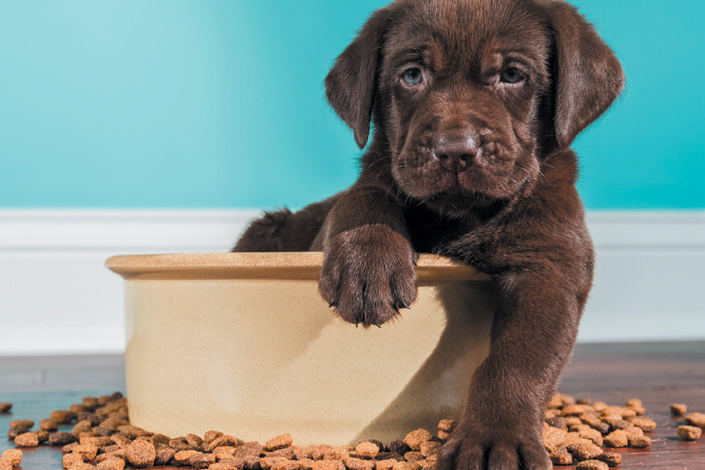
When my Corgi, Nigel, was a puppy, I fed him the puppy food recommended by his breeder. It was a quality premium brand, and he liked it. He only ate dry kibble because his sensitive tummy couldn’t handle the canned version. Dry food has less moisture than canned, so Nigel was less likely to get loose stools with dry food.
Puppies are as different from dogs as human babies are from adults when it comes to what their digestive systems will tolerate. While Nigel had trouble with canned food, my parents’ Pomeranian, Monique, did great on canned food as a puppy.
Whether it’s dry or canned, what’s most important is that the food is made especially for puppies. “Puppies need more protein than adult dogs do,” said canine nutrition expert Mary Straus of DogAware.com, who added that, despite what some people think, high protein does not cause orthopedic problems in growing pups. “Too much calcium and overfeeding in general are the culprits there.”
The best dog food to feed a puppy is a food formulated especially for young dogs and to give the amount listed on the bag or can. Being a Corgi, Nigel would have eaten three times the recommended amount of food if I’d let him, but the result would have been an overweight puppy who may have developed joint problems. I had to deal with sad puppy eyes when he asked for more and I said no, but it was for his own good.
The best dog food to feed a growing dog
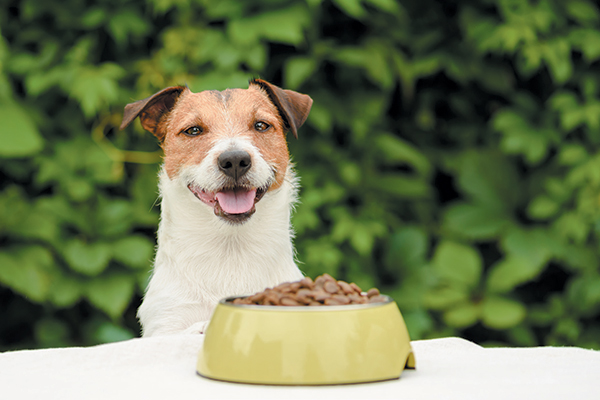
Dogs in the age range of 6 to 18 months are ready for adult dog food. They need a lot of energy at this age, so the best dog food to feed a dog this age is a quality food with a good amount of calories.
My friend, Jorge, feeds his 10-month-old German Shepherd Dog a premium-brand kibble for adult dogs. Hemi is a bundle of energy, and Jorge finds it hard to keep weight on him. Hemi gets a big helping of dry food twice a day and is still hungry all the time. Dogs his age are very active and are still growing, so they usually have big appetites.
For some owners of young, growing dogs, money can be an issue. That makes dry food a more obvious choice. “Dry food is almost always cheaper than canned food, providing a comparable number of calories,” Straus said. “This impacts owners of large dogs more than those with small dogs, who may also have trouble getting through a bag of kibble while it is still fresh.”
Luckily, dog food manufacturers usually offer kibble in different sized bags. You can find bags starting at 5 pounds all the way up to 50 for some brands. If you have a small dog, you should buy a smaller bag. You don’t want to store dry food for more than 30 days because it starts to lose its freshness.
The best dog food to feed an adult dog
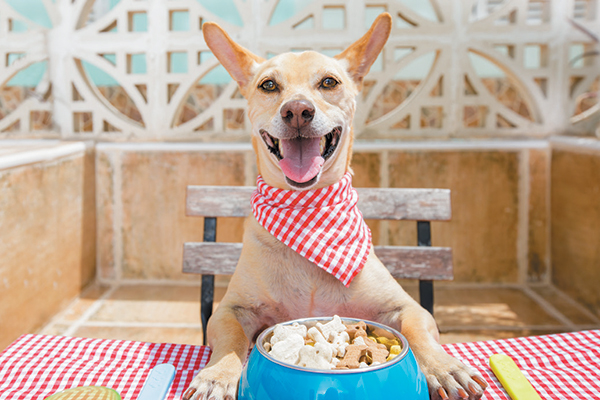
My 6-year-old Australian Shepherd mix, Candy, has a slow metabolism. When I first adopted her from my local shelter, she was about 5 pounds overweight. She was probably eating kibble at her former home, and I’m sure that’s what she was getting at the shelter. To help her lose weight, I started her on a quality canned food. Canned food is generally lower in carbohydrates than dry food, and since Candy isn’t a very active dog, I thought putting her on a lower-carb diet would help her shed the pounds.
Of course I had to be careful with fat content, too. “Too much fat can lead to weight gain, especially in dogs who are not very active,” Strauss said. “If the amount fed must be strictly limited to prevent weight gain, this could contribute to nutritional deficiency, so I would reserve higher-fat foods for young, active dogs.”
After a few months of eating a measured amount of canned food, Candy dropped her extra 5 pounds. I then put her on a maintenance diet, which consists of both canned and dry food. She’s now at a good weight on this diet.
My friend Michelle, on the other hand, recently had to increase her Australian Cattle Dog’s food portions because Annabelle was a little too lean. After her vet referred to Annabelle as “a Victoria’s Secret model with no fat reserves to fall back on,” Michelle upped Annabelle’s kibble ration. Annabelle quickly gained about 2 pounds. She still has a lean body, but you can’t feel her ribs or hips anymore. So, the best dog food for an adult dog really depends on your individual dog!
The best dog food to feed a senior dog
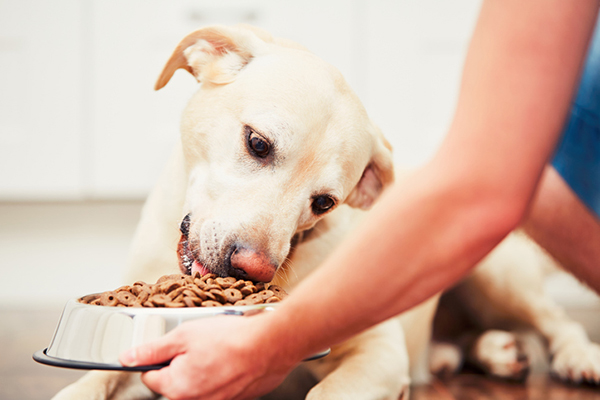
My neighbor’s senior Dachshund, Maynard, has arthritis and some other health issues that mean paying special attention to what he eats. Not only are Maynard’s teeth not working really well these days, he also has a tendency toward a picky appetite. His owners feed him a brand of canned food that he really likes. The wet food is easy for him to chew, and it also gives him more water in his diet.
“The added moisture in canned foods may be beneficial for older dogs to help them stay hydrated,” said Straus, who pointed out that adding water to dry food can do the same. But in Maynard’s case, he doesn’t want dry food. He only wants canned. And at his advanced age of 16, Maynard gets what Maynard wants.
Once a dog gets to a certain age, giving him a quality food that he enjoys eating is the best approach, whether it’s canned or dry. “The question of canned or dry doesn’t have to be either/or,” Straus said. “It’s fine to feed both, either together or in separate meals, as long as it agrees with your dog.”
The best dog food to feed your dog on a fresh food diet
Straus said you can improve commercial diets of all kinds at any stage of your dog’s life by adding fresh foods to her diet, including:
- Lean meats
- Eggs
- Canned fish without bones (sardines, pink salmon, jack mackerel)
- Dairy (yogurt, kefir, cottage cheese)
- Fresh fruits and vegetables (as long as you stay away from grapes or raisins, which can cause kidney failure in dogs).
If you share some of these healthy foods with your dog, only give him a little bit as a top dressing on his dog food. Too much of a good thing can upset his stomach — and leave you wishing you’d stuck with dog food.
The bottom line on the best dog food
Every dog, regardless of age, is an individual with specific needs. The best way to find the best dog food for your canine is to continually consult with your vet.
Read more on what to feed your dog on Dogster.com:
- 6 Essential Rules for Raw Dog Food
- Dog Feeding Schedule: How Many Times a Day Should a Dog Eat?
- Sardines for Dogs? Your Pup Can (and Should!) Eat Them
About the author: An award-winning professional writer and editor, Audrey Pavia is a former managing editor of DOG FANCY magazine and former senior editor of the AKC Gazette. She is the author of The Labrador Retriever Handbook (Barrons) and has also written extensively on horses as well as other pets. She shares her home in Norco, California, with a rescue dog named Candy.
Featured Image Credit: Jaromir Chalabala / Shutterstock.

